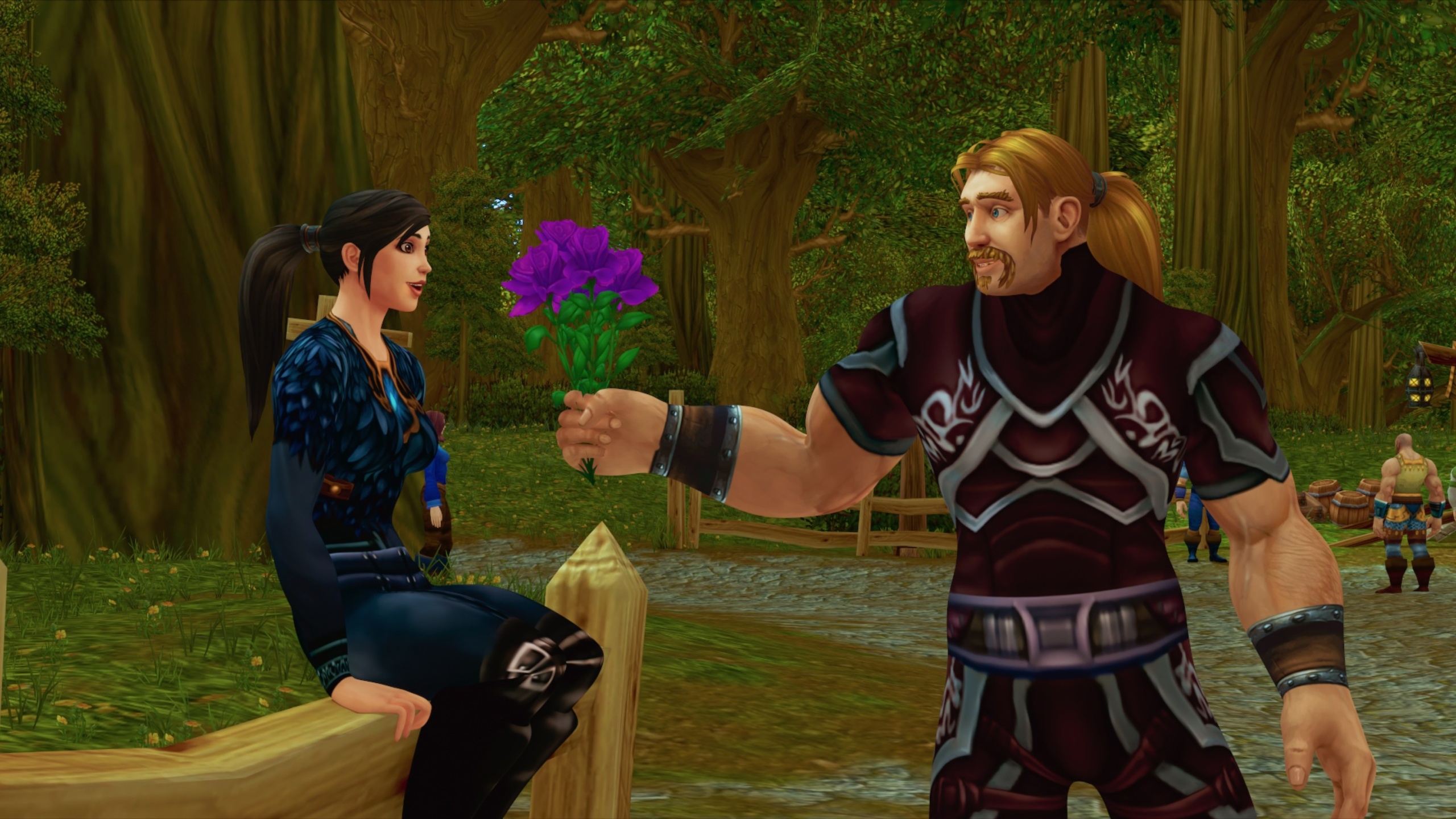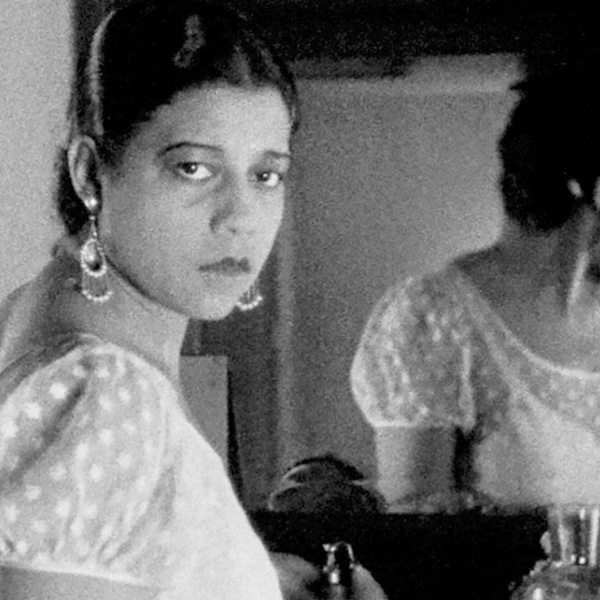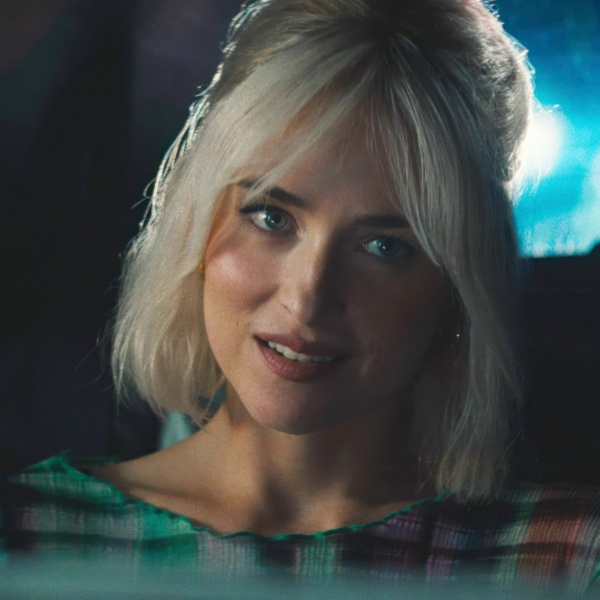A lot of films have a symphonic score, but “The Remarkable Life of Ibelin” is, in part, remarkable because it has a symphonic structure. Director Benjamin Ree tells the story of Norwegian writer and gamer Mats Steen in a number of different ways.
Like a symphony plays the same melody differently for a variety of emotions, Ree worked with editor Robert Stengård to show what Steen’s life meant to different people through formats and perspectives that fit each group. But that meant that Ree and Stengård needed to orchestrate everything from traditional documentary interview footage to animated recreations of World of Warcraft so that each movement of “The Remarkable Life of Ibelin” would contribute to a cohesive whole.
Steen — who died November 18, 2014, of Duchenne muscular dystrophy — is the focus of the Netflix documentary film in all its forms. Ree wanted to show him as his family saw him, as he portrayed himself in his own writing, and as he appeared to his community of friends on the online fantasy roleplaying game — really, the first king of MMORPGs — World of Warcraft, in the form of his avatar, Ibelin. Ree moves from traditional documentary to visual essay to animated film — and then to different animation styles, as various friends remember what Ibelin meant to them.
Stengård had to meld these different styles to paint a full and accurate portrait of Steen’s life. Early on, he lighted on the idea of literally rewinding a tape player to see different sides of Steen and jumping into a screen when it was time to enter Stormwind, Ibelin’s preferred realm inside WoW. “We tested and tried many different things,” Stengård told IndieWire. “When you have that kind of idea, rewinding tapes or going into a screen and into a game, it’s very easy to say. But it’s hard to know, will it work?”
What helped was finding the right way to cut from interview subjects to their in-game avatars. “We’re not match cutting in a traditional way where you see the real person take your hand, and then in the next shot, the avatar’s hand takes a cup or something. We tried that, but it felt contrived,” Ree told IndieWire. “We’re match cutting through faces. You see the interviewee’s face match cut directly onto the avatar’s face, and then we know which person played which character. That changed the whole film. In a way, Robert’s match cuts saved the film.”

The match cuts that Stengård developed allowed “The Remarkable Life of Ibelin” to flow in and out of animation, letting us see the real-world emotional impact that Ibelin had on his friends and also the vibrant and alive game world he got to inhabit. Both Ree and Stengård leaned heavily on their interview subjects’ expertise, too, to get the animation right. “When you make a film about a living person, you can just ask them if something’s OK or accurate. But when you make a film about a dead person, you have to ask 30 or 40 people about how to represent them the correct way,” Stengård said.
Interviewees like Mikkel Nielsen & Xenia-Anni Nielsen were able to advise not just on details of the WoW world but also on the nuts and bolts of post-production, such as animation timing and color grading. The first time “The Remarkable Life of Ibelin” graded the footage, the animation didn’t look sufficiently like the Warcraft games. But it was important to the filmmakers that it could pass muster.

“World of Warcraft is very glossy. Everything is saturated with maximum color everywhere [which] also meant we had to crank everything else up, the archival footage, the interviews. We had to press them up a bit,” Stengård said. “It gives me a kind of joy, knowing that the people who are in the film feel they are represented the correct way and that they like it. It gives you power as an editor. You feel powerful.”
The documentary team also captured how moving it was for the interview subjects to see themselves and Ibelin reflected accurately in the recreated animation footage.

“We tell the story many times and, for us, we think that’s also the way grief works. It comes in waves, and you need to go through and revisit the person you’ve lost many times,” Ree said.
But it’s a credit to the subtle structure of “The Remarkable Life of Ibelin” that Ree can get audiences to go on that cyclical journey in all its different forms. The throughline — or the melodic idea, if you like — is Steen’s love for his family and friends and the longing for love that he has in himself. Ree told IndieWire that the film fully clicked into place when Stengård made the first animated sequence a scene where Mats’ avatar Ibelin is excited to (awkwardly) flirt with a girl.
“Having the scene with Mats talking about wanting to experience love, [seeing footage of] him at the tennis court dreaming away, everyone can relate to that,” Ree said. “The first fully animated scene in the film is about experiencing love through an avatar. Then something happened when [Stengård] added Mats’ voice, narrating what we’re seeing in the animation. It’s almost like Mats taking the audience’s hand and leading them into the animation. It was almost like Mats in real life being there with us.”
“The Remarkable Life of Ibelin” is streaming on Netflix.







